1. Predictive Analytics for Population Growth
AI-enhanced forecasting models help cities anticipate demographic changes by combining traditional census data with real-time inputs like migration patterns, economic indicators, and even mobile-device or satellite data. These models can project population growth at neighborhood or citywide scales, enabling planners to proactively expand housing, schools, utilities, and public transit. For instance, if a new industry opens or immigration surges, AI systems can detect these trends early and adjust population projections accordingly. The implication is smarter infrastructure investment and better matching of resources to future needs – for example, avoiding school overcrowding or water shortages before they occur. While accuracy depends on data quality and assumptions, cities that leverage predictive analytics can plan more resilient, sustainable growth.
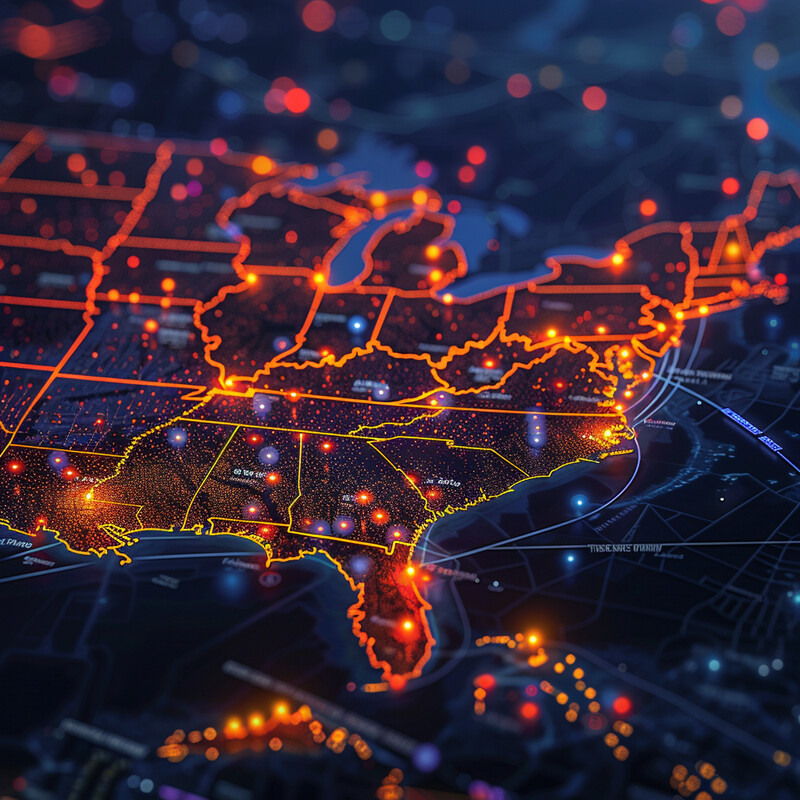
Recent U.S. data illustrate the scale and complexity of population changes. Between 2023 and 2024 the U.S. population grew by nearly 1.0% (about 3.3 million people), largely due to international migration. Such rapid change underscores the need for dynamic forecasts. AI-driven models can incorporate migration data and other factors to improve projection accuracy. Globally, the trend is dramatic: roughly 55% of people lived in urban areas in 2018, a share projected to hit about 68% by 2050 (United Nations data). Planners use these projections – increasingly aided by machine learning – to estimate future demand for infrastructure and services. Better forecasts help avoid under- or over-building; for example, a city expecting growth can expand transit lines or utilities in advance.
2. Traffic Flow Optimization
AI systems use real-time traffic data from sensors, cameras, GPS devices, and connected vehicles to dynamically control signals and routing. Machine-learning algorithms can learn traffic patterns and adjust light timings on the fly, coordinating multiple intersections to prevent backups. In practice, this means smoother traffic flows, shorter commutes, and reduced vehicle idling. The implications are significant: less congestion means lower emissions and fuel use, and emergency vehicles can move faster. AI can also suggest optimal routes or transit schedules based on predicted congestion, benefiting both drivers and public transit. Overall, traffic optimization with AI can turn a city’s road network into an adaptive, self-regulating system that improves mobility and environmental outcomes.
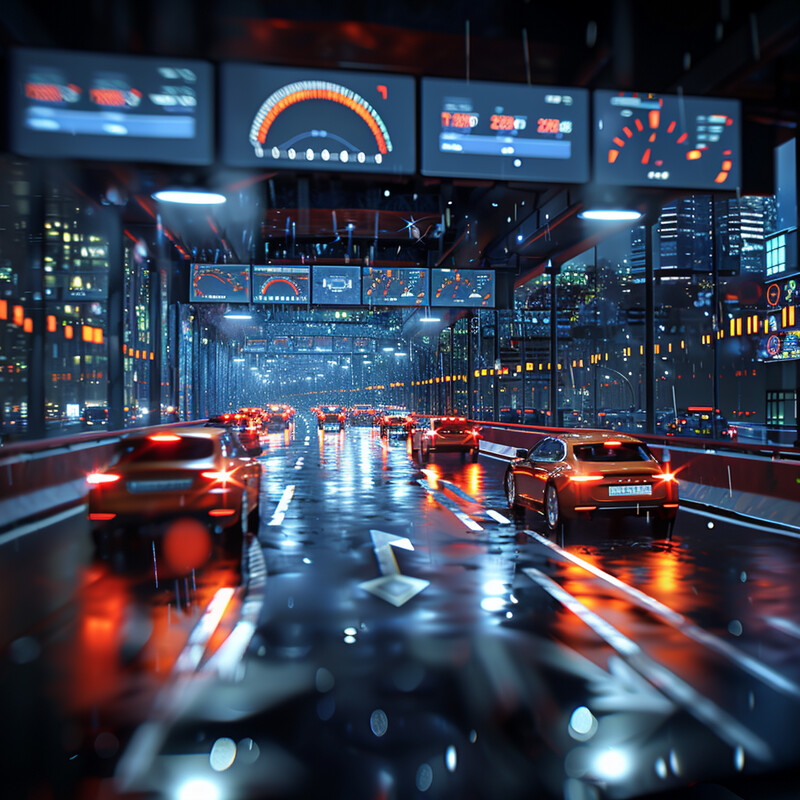
Cities piloting AI traffic control have seen large gains. In Pittsburgh, the Surtrac adaptive signal system (developed by Carnegie Mellon) cut travel times by about 25% and reduced idling at intersections by 40% in trials. This system uses cameras and predictive modeling to continuously retime lights. It also lowered carbon emissions by about 21%. Similar projects in other cities (including Cambridge, MA) use AI to predict vehicle flows and optimize signals. Such technologies capitalize on ML’s pattern-recognition: by forecasting short-term traffic surges, they proactively reconfigure signals. In sum, data show AI-driven traffic systems can markedly reduce delays and emissions in urban traffic.
3. Resource Allocation Efficiency
AI analytics improve how cities allocate limited resources like water, energy, maintenance crews, and emergency services. By analyzing historical usage patterns, weather, and demand data, machine-learning tools can predict where and when resources will be needed most. For example, smart utility systems can forecast peak electricity or water demand and adjust supply in advance. In public services, AI can dispatch responders (police, fire, EMTs) to predicted hotspots, or schedule garbage collection on routes that minimize fuel use. The implications are greater efficiency and savings: cities can do more with the same budget by reducing waste and prioritizing investments. However, it requires good data sharing across departments and constant model updates.
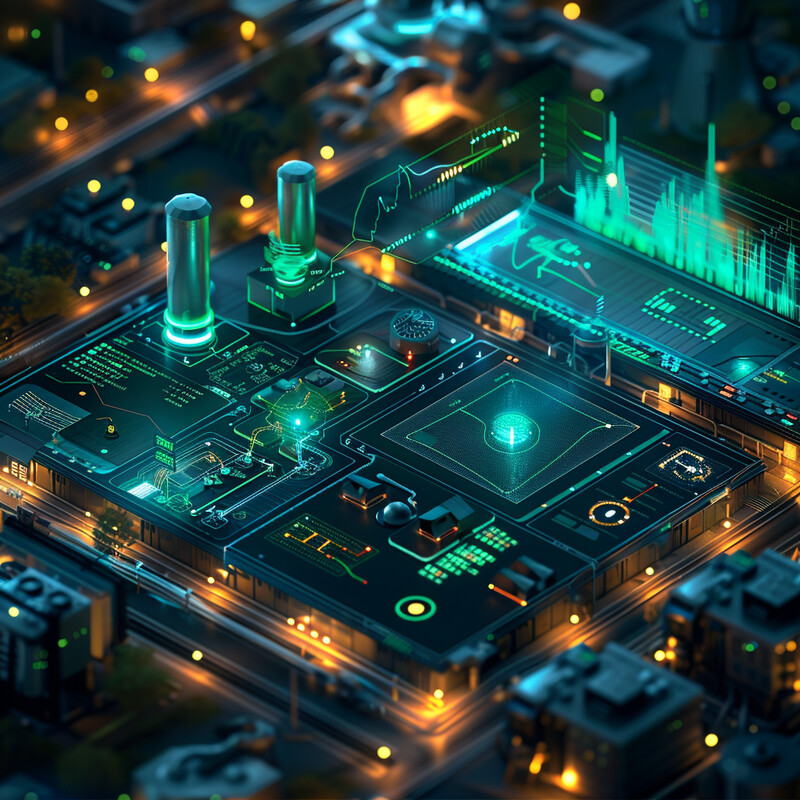
A concrete example comes from Tucson, Arizona. There, city water managers partnered with an AI platform (VODA.ai) to virtually assess its 4,600 miles of water mains. The system assigns each pipe a “likelihood of failure” score based on age, usage, and condition data. This lets crews target repairs to the riskiest segments, rather than inspecting every mile equally. In effect, the city is focusing maintenance resources where they prevent the most future outages. Similar approaches are emerging in energy (e.g., smart grid demand forecasts) and public safety (predictive patrols). Studies find that AI-driven resource planning can significantly extend asset lifetimes and reduce operating costs.
4. Environmental Impact Assessments
AI augments environmental planning by rapidly analyzing complex ecological data to predict impacts of urban projects. Planners use AI models to simulate effects on air quality, noise, flooding, and ecosystems before construction begins. For example, satellite imagery and climate data feed ML systems that forecast flooding or urban heat islands under different development scenarios. This allows cities to adjust designs or add mitigation (like green spaces) early on. AI also speeds up traditional impact studies, such as by quickly processing decades of environmental sensor data. The implication is more sustainable development: costly mistakes (like building in flood-prone areas) can be avoided, and environmental compliance is enforced more rigorously through data-driven insights.

Cities already report tangible benefits. Seattle’s “Project Green Light,” an AI tool that uses Google Maps and traffic data, has potential to reduce traffic stops by ~30% and cut CO₂ emissions by about 10, showing how optimized transit also aids the environment. AI-driven “digital twins” are another example: Las Vegas has implemented a city-scale digital twin to model energy use, emissions, and traffic for proposed development projects. Likewise, Galveston, Texas uses a digital twin to simulate hurricane floods under various scenarios, improving floodplain planning. These data show AI can make environmental assessments faster and more accurate by integrating large datasets (weather, terrain, urban infrastructure) to predict outcomes.
5. Public Safety and Security
AI helps law enforcement and security agencies by analyzing vast data to prevent crime and manage threats. By sifting through incident reports, social data, and environmental factors, AI can identify crime patterns or anticipate hotspots, guiding police patrols. In surveillance, computer vision systems detect unusual behavior in crowds (e.g. fighting, unattended bags) and alert authorities in real time. AI also speeds up forensic work, such as quickly scanning security video for license plates or persons of interest. At mass venues and transit hubs, crowd-density AI helps allocate guards or open more checkpoints before congestion leads to incidents. The overall effect is more proactive policing and faster emergency response, although cities must balance this with privacy and bias safeguards.
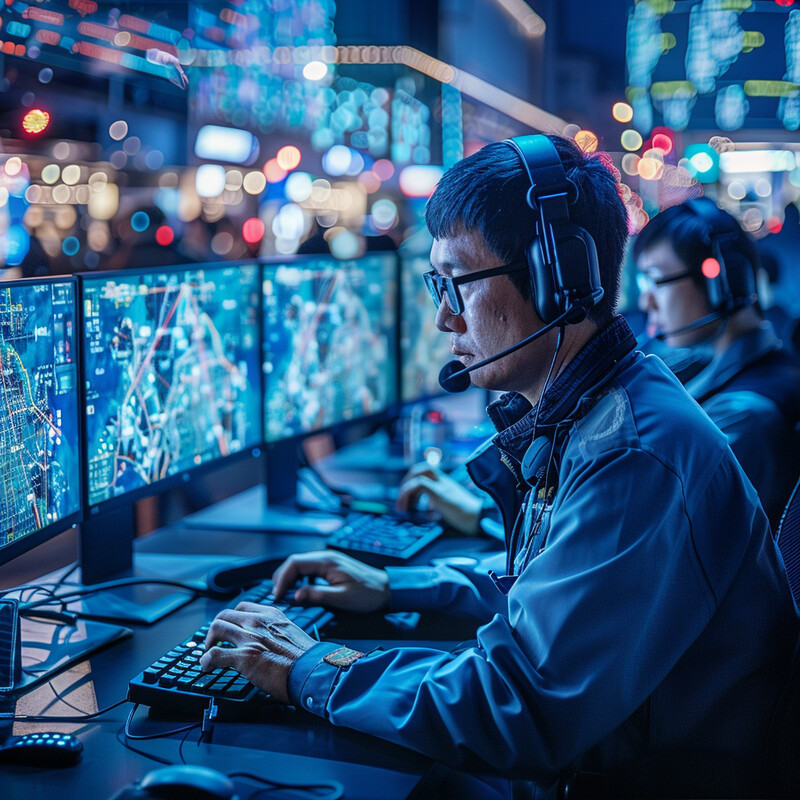
Several cities are already deploying such systems. San Francisco’s police department, for instance, uses AI to correlate crime reports and uncover links that human analysts might miss. This helps them spot surges in specific types of crime early. Similarly, Hartsfield-Jackson Atlanta Airport uses AI-powered video analytics to monitor passenger crowds and adjust security staffing in real time, while Amsterdam’s Schiphol Airport uses AI-driven scanners that no longer require removing liquids from luggage, maintaining security speed without compromising safety. These examples show that AI tools are improving situational awareness: airports move people faster and police respond more efficiently, which enhances overall safety.
6. Economic Development Analysis
AI assists economic planners in evaluating growth strategies and investment outcomes. By analyzing job postings, business registrations, spending patterns, and demographic shifts, AI can identify emerging industries or underserved markets in a city. For example, machine learning models can predict which neighborhoods are ripe for commercial development or which sectors are likely to expand based on regional trends. AI simulations can also estimate the economic impact of large projects (like stadiums or tech parks), helping officials decide which proposals will boost jobs and tax revenue. Ultimately, the implication is smarter economic policy: cities can use data to attract businesses, plan workforce training, and revitalize areas with targeted support.
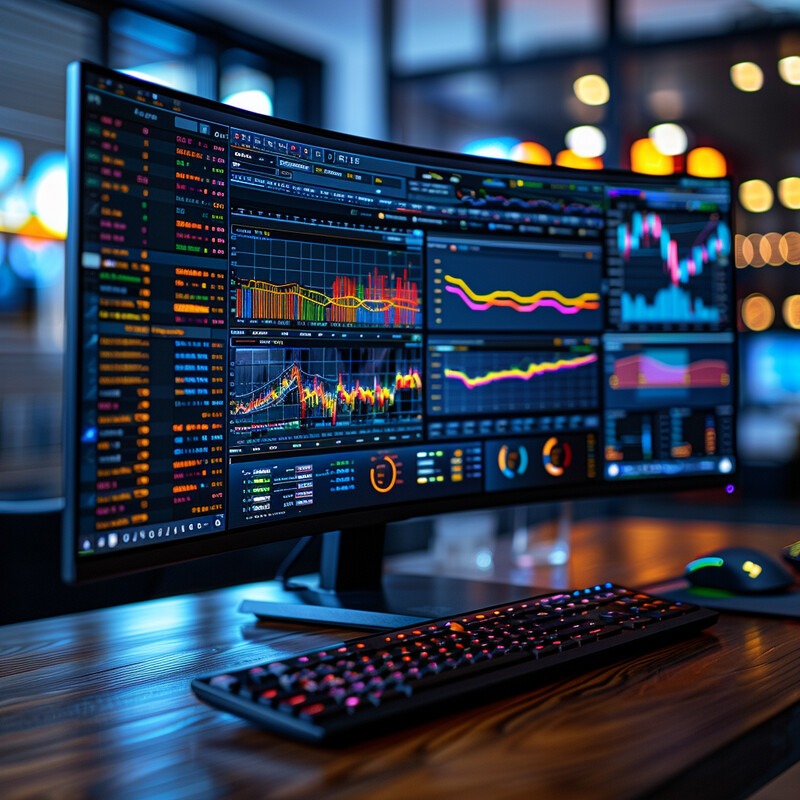
Some cities are already using sophisticated modeling tools. Las Vegas, for example, is piloting an AI-driven “digital twin” of the city that can simulate economic and environmental effects of proposed developments. This tool evaluates factors like traffic, emissions, and energy use to help predict whether a new building will spur growth or strain resources. While detailed U.S. figures on AI economic planning are emerging, global studies suggest AI could significantly amplify local economies. A report by McKinsey (2020) estimated AI applications in city planning might eventually generate billions of dollars in added value by improving decision quality (via better infrastructure matching) and reducing costs. Such estimates underline the potential economic gains from data-driven urban planning.
7. Smart Building and Zoning
AI is transforming how buildings are designed, constructed, and operated. In smart building management, AI systems use sensor data (e.g. temperature, occupancy) to adjust HVAC, lighting, and ventilation for maximum efficiency. In design and zoning, generative algorithms can even propose energy-optimized building layouts or identify planning code violations automatically. For instance, an AI tool might flag a permit application that doesn’t meet zoning height rules, speeding up reviews. The result is buildings that cost less to run and developments that adhere to regulations more easily. Over time this leads to cities with greener building portfolios and better compliance, reducing waste (energy, water) and improving living conditions.
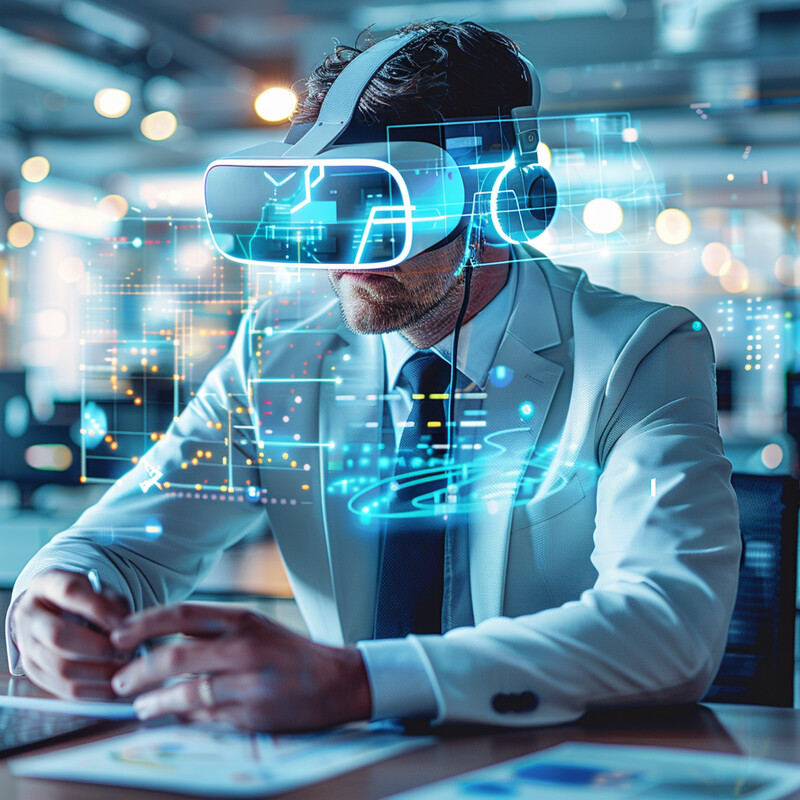
Studies have quantified significant energy savings from AI. At an ACEEE conference, Lawrence Berkeley Lab researchers cited an AI application that could cut building energy use and carbon emissions by 8–19%. These savings come from automating audits and advanced fault detection in building systems. In practice, many cities now deploy AI-driven HVAC controls: for example, some municipalities use cloud-based platforms that combine weather forecasts with building sensor data to minimize power use each day (AWS partnership). Such AI-based systems build on years of “smart thermostat” tech and promise rapid ROI – for example, a typical commercial building can save 10% or more on energy bills after AI tuning.
8. Disaster Management and Response
AI enhances disaster preparedness, response, and recovery by crunching complex data faster than humans. In forecasting, AI models ingest weather, hydrology, and geography data to predict floods, fires, or storms with higher resolution. During events, AI can analyze social media, satellite imagery, and sensor feeds to identify affected areas and prioritize rescues. It can also optimize evacuation routes in real time based on predicted impact. In recovery, AI helps sift through damage reports and insurance claims data to accelerate rebuilding. The implication is a quicker, more targeted emergency response and better resilience planning, potentially saving lives and reducing costs of disasters.
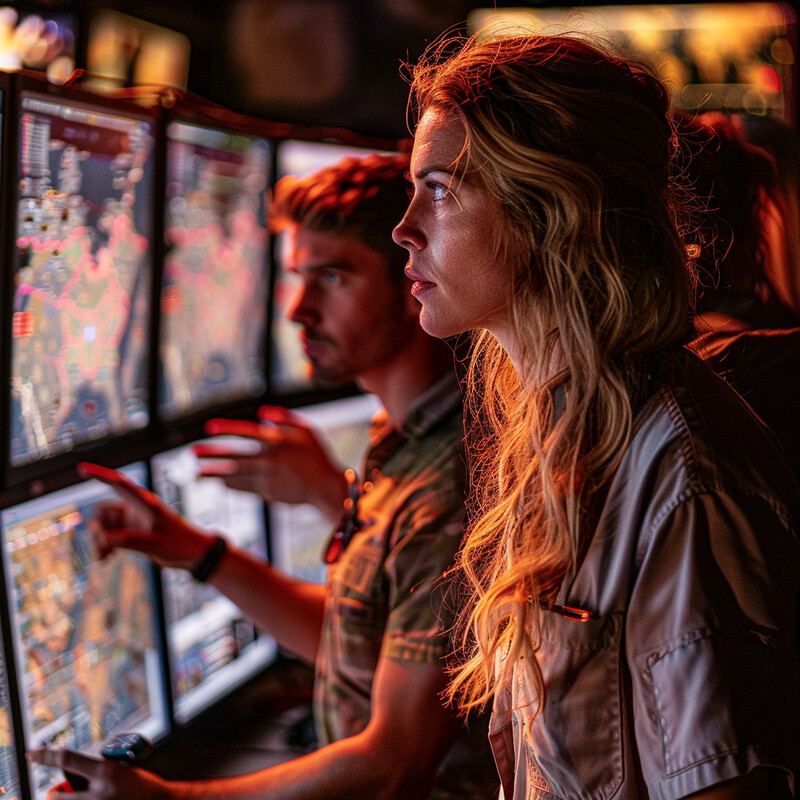
Cities are starting to deploy AI for extreme weather. For example, Bloomberg Philanthropies notes that AI can forecast flash floods by analyzing rainfall patterns, soil moisture, and terrain. This helps city officials issue timely alerts. The urgency is clear: in 2024 the U.S. experienced 27 separate extreme weather events causing over $1 billion in damages each (far above the historical average). Armed with AI predictions, a city can pre-stage supplies or evacuate areas before disaster strikes. In practice, some regions also use AI-driven drones or satellite analysis post-event to find survivors and assess damage faster. These capabilities show how AI, paired with robust data, is beginning to harden cities against natural hazards.
9. Public Engagement and Feedback Analysis
AI tools help cities listen to citizens more effectively. Natural language processing can scan social media, public comments, and forums for opinions on local issues, summarizing sentiment at scale. AI chatbots provide 24/7 answers to routine questions (like permit steps) in multiple languages, enhancing service. By analyzing survey results and comment threads, AI highlights community priorities or opposition hotspots. For example, planners can use sentiment analysis to see that proposed transit changes are unpopular in certain neighborhoods. The implication is more responsive governance: officials can adjust policies in near-real time based on community feedback, and residents find it easier to engage and get information in their language.

Practical examples are emerging worldwide. One case involved a Filipino city using AI to analyze news reports and social media posts (in Tagalog and English) to track public concerns about development projects. The AI summarized which issues were most important to citizens, helping officials tailor planning accordingly. Cities also adopt platforms like GoVocal (CitizenLab) that leverage AI to analyze open-ended public survey responses and prioritize the most mentioned ideas. These AI-based methods enable local governments to process far more feedback than manual review, ensuring that citizen input actually shapes planning decisions.
10. Historical Data Preservation and Analysis
AI is unlocking historical urban data by digitizing and interpreting old records. Machine learning algorithms can read and geo-reference scanned maps, photographs, and documents that were previously unusable at scale. This lets planners analyze how cities evolved over decades or centuries. For instance, AI can extract addresses from hundreds of thousands of old photographs or postcards, linking them to locations on a modern map. By converting archives of building permits, land surveys, and news archives into searchable databases, AI helps researchers spot long-term trends (e.g. how past zoning changes affected growth). The implication is richer context: planners and historians can learn from past urban changes much more efficiently and use that to inform current development strategies.

Recent projects demonstrate AI’s power on historical data. One study applied computer vision (YOLOv8) and a large language model (GPT-4) to 100,000 late-19th/early-20th-century European postcards. The AI achieved about 94% accuracy in detecting address fields and extracted sender/receiver locations, with average positioning error under 37 km. This automated process, which would be prohibitively slow by hand, enabled researchers to reconstruct historical movement networks and urban layouts. Similar techniques are used to turn historical map images into modern GIS layers. These efforts show that AI can rapidly transform paper archives into spatial data, preserving urban heritage and revealing insights across time.